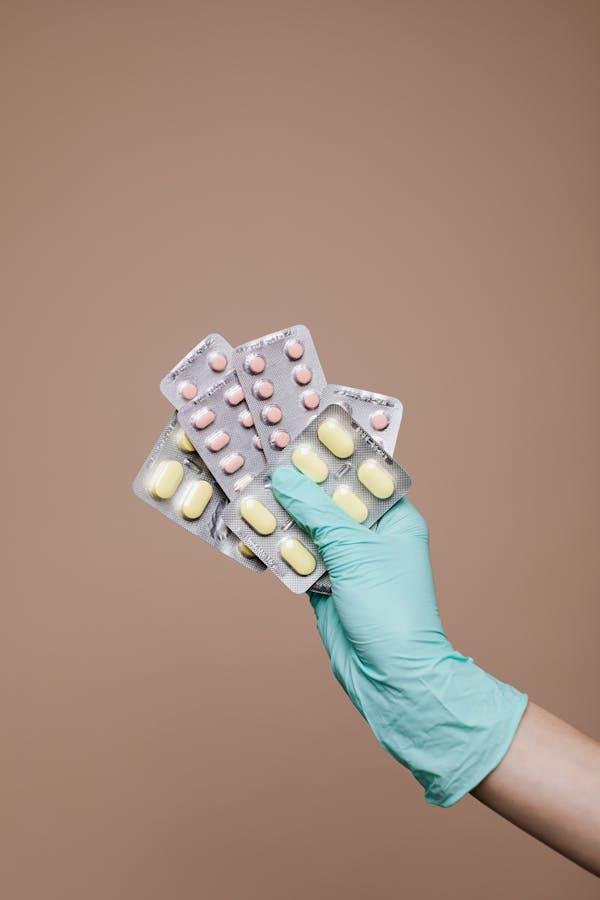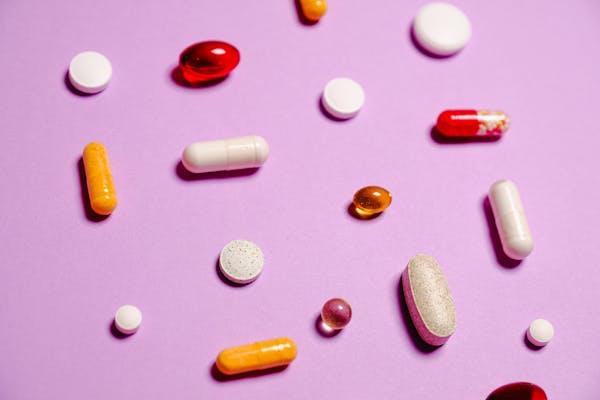Eating disorders can have serious and life-threatening health consequences. They may also be associated with co-occurring mental health conditions.
Treatment centers provide individualized care in a supportive setting. Services include nutrition counseling to establish balanced eating patterns and address nutritional deficiencies. Psychotherapy, such as individual or group therapy, helps people identify and change negative thoughts and behaviors about food.
Inpatient
An inpatient eating disorder treatment center is the most intensive level of care. Patients live full-time at the facility and receive 24-hour medical care and monitoring. Inpatient programs treat adolescents and adults who have anorexia nervosa, bulimia nervosa and binge eating disorder.
Anorexia nervosa and bulimia nervosa are complex disorders that require comprehensive treatment. Both require a commitment to recovery, which includes participating in therapy sessions, following the treatment plan and avoiding negative behaviors. In addition, underlying issues must be addressed with individual or family therapy.
Many eating disorder treatment centers offer a variety of therapies to help patients find a healthy balance. For example, a program may use Dialectical Behavior Therapy to change maladaptive behaviors, such as self-denial and anorexia. Another therapy approach is Acceptance and Commitment Therapy, which encourages people to identify their values and make commitments that meet those values. Some eating disorder treatment centers also provide nutritional counseling. This can include individualized nutritional counseling and group nutrition therapy.
Outpatient
Eating disorders are complex, serious illnesses that can be fatal. But recovery is possible. Psychological and medical treatment is effective for most eating disorder patients, and early intervention improves chances of long-term success.
Intensive outpatient treatment occurs in a specialized setting, and is designed to help individuals reduce eating disorder behaviors while maintaining the ability to work and attend school. IOP typically includes a combination of specific forms of talk therapy, or psychotherapy, such as family-based and cognitive behavioral approaches, along with nutritional counseling and medication management.

Outpatient eating disorder treatment focuses on modifying preconceived notions and distorted beliefs that contribute to the development of an eating disorder, including limiting food, weight gain, body image and exercise. The therapy used may also address other underlying issues, such as anxiety or depression. For example, Radically Open Dialectical Behavior Therapy (RO-DBT) addresses a spectrum of disorders characterized by overcontrol and emphasizes emotional regulation, mindfulness, and connection with others. Another therapeutic approach is Acceptance and Commitment Therapy (ACT), which teaches patients to acknowledge their feelings as a natural part of life and commit to actions that meet their values.
Partial Hospitalization
Eating disorders are complex mental health conditions that can have significant physical, emotional and psychological consequences. They can be difficult to treat and recovery often requires a range of levels of care. Those who need a high level of supervision and support can benefit from eating disorder partial hospitalization program (PHP) treatment.
PHP is an intensive outpatient program that offers a structured environment and provides eating disorder therapy in the morning, during lunch and in the afternoon. This type of treatment is ideal for individuals who are at risk of relapse and need more structured support than traditional outpatient services provide.
Eating disorder partial hospitalization programs can help individuals with all types of eating disorders. These include anorexia nervosa, bulimia nervosa and binge eating disorder. These programs can also help patients address the underlying issues that contribute to their eating disorder, such as body image and self-esteem concerns. They also teach coping strategies that can be used when a person is in less-structured environments.
Residential
Residential treatment is a more intensive form of therapy that requires the person to live on site at the facility for the duration of their stay. It may be appropriate for teens who have been unable to make progress in outpatient or weekly therapies and need more support, or for adults who are at risk of serious consequences from their behaviors.

The residential environment offers 24-hour care and supervision, enabling individuals to engage in therapeutic activities and experiences while experiencing a greater level of stability than outpatient or partial hospitalization programs. These include experiential activities such as equine-assisted therapy, art therapy and structured physical activity.
Some residential programs also offer specialized treatments, such as Radically Open Dialectical Behavior Therapy (RO-DBT) for people who have a history of overcontrol issues that lead to an eating disorder like Anorexia Nervosa. These programs use a combination of individual, family and group therapy to help the client build the skills they need to develop healthier coping mechanisms.




